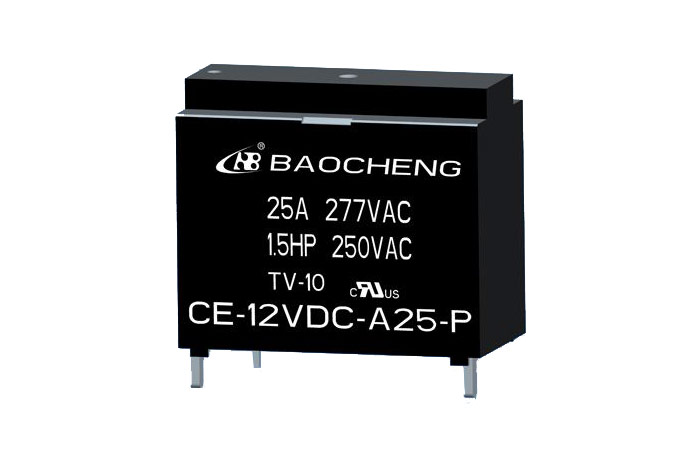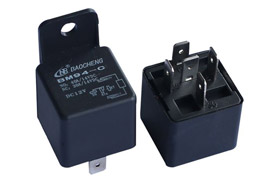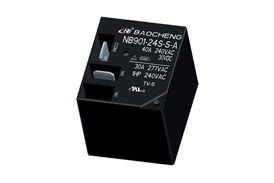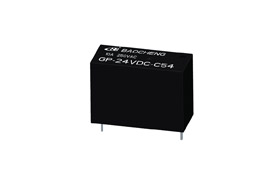The main difference between relay and ordinary switch:
The relay requires an electrical signal to control the switching of the relay. Ordinary switches require manual control of the switch.
A relay is an electrical control component that is an electrical appliance that causes a predetermined step change in the electrical output circuit when the input quantity changes to a specified requirement. It has an interaction between the control system and the controlled system. Often used in automated control circuits, it is actually an "automatic switch" that uses small currents to control large current operation. Therefore, it plays the role of automatic adjustment, safety protection and conversion circuit in the circuit.
A switch is an electronic component that can open a circuit, interrupt current, or cause it to flow to other circuits. The most common switch is an electromechanical device that operates, with one or several electronic contacts. The "closed" of the contact indicates that the electronic contact is conducting, allowing current to flow; the "open" of the switch indicates that the electronic contact is non-conducting to form an open circuit, and no current is allowed to flow.
With 20 years relays research and manufacture experience and the research team composed by top relays technical person, our factory focused on relays product research and technical innovation. Our products include Power Relays, telecom relays and automotive relays, etc and which all passed UL, cUL , TUV, CQC internal and external safety certification and RoHs and REACH requirements. Our Electromagnetic Power Relay can meet your needs for relays. Come and contact us.






















